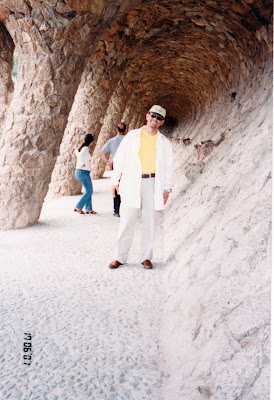"Surround yourself with those who see greatness in you, even when you don't see it in yourself..."
'
 |
| (Monument to the Discoveries) |
(02 January 2001)
'
Lisbon is the capital and largest city of Portugal. Lisbon was under Roman rule from 205 BC, when it was already a 1000 year old town. Julius Caesar made it a municipium called Felicitas Julia, adding to the name Olissipo. Ruled by a series of Germanic tribes from the 5th century, it was captured by Moors in the 8th century. In 1147, the Crusaders reconquered the city for the Christians and since then it has been a major political, economic and cultural center of Portugal.
'
 |
| (By the Tagus River) |
'
Unlike most capital cities, Lisbon's status as the capital of Portugal has never been granted or confirmed officially – by statute or in written form. Its position as the capital has formed through constitutional convention, making its position as de facto capital a part of the Constitution of Portugal.
'
 |
| (The Belem Tower) |
'
The capital of Portugal sits at the point where the River Tagus feeds into the Atlantic, just about as far west as you can go without getting your feet wet. Being built on seven hills, it has plenty of vantage points from which to contemplate the distant horizons that called the Portuguese explorers in the country’s golden age during the 16th century, when it was the hub of commerce with the far east and gold poured into Lisbon’s coffers from the new west.
'
 |
| (A family photo at Belem Tower) |
'
Spread across steep hillsides that overlook the Rio Tejo, Lisbon offers all the delights you’d expect of Portugal’s star attraction, yet with half the fuss of other European capitals. Gothic cathedrals, majestic monasteries and quaint museums are all part of the colourful cityscape, but the real delights of discovery lie in wandering the narrow lanes of Lisbon’s lovely backstreets...
'
 |
| (Exploring Lisbon) |













































